Germany has on Tuesday opened its first e-highway, where hybrid trucks connect to overhead power lines while driving underneath.
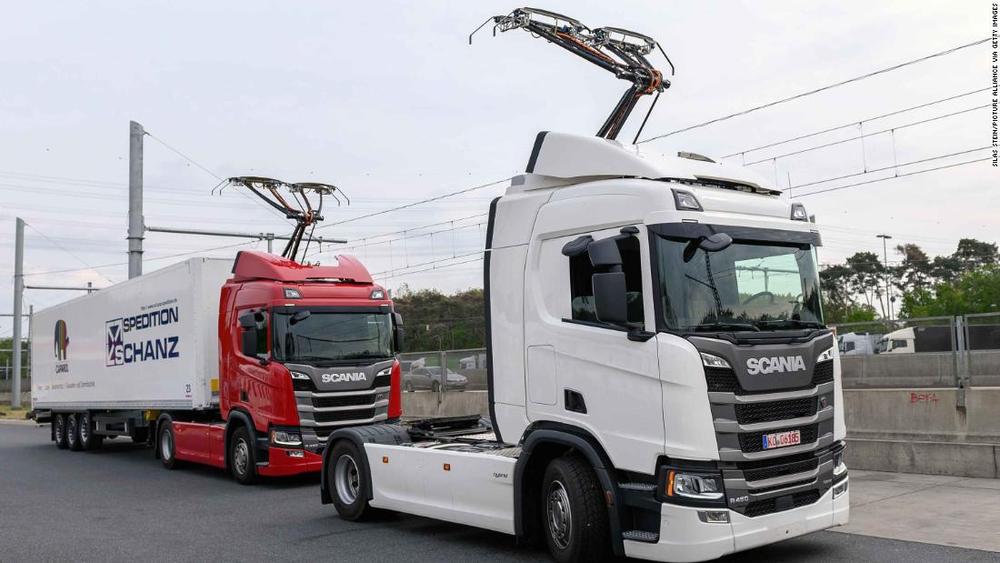

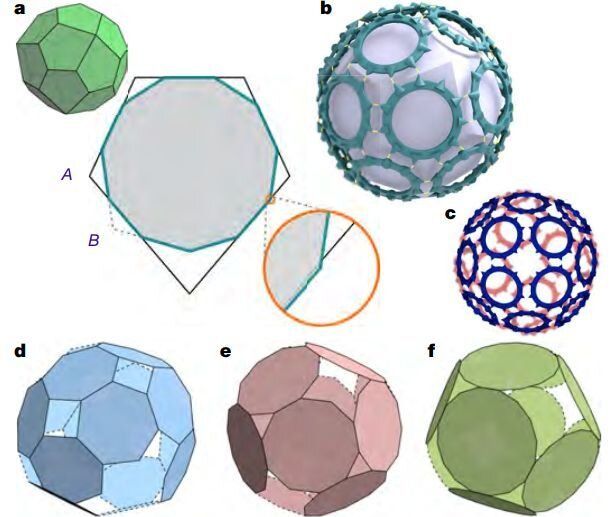
Researchers from an international collaboration have succeeded in creating a “protein cage”—a nanoscale structure that could be used to deliver drugs to specific places of the body, and which can be readily assembled and disassembled, but also withstands boiling and other extreme conditions. They did this by exploring geometries not found in nature reminiscent of “paradoxical geometries” found in Islamic art.
Role-playing gamers—at least those who played before the digital age—are aware that there are restrictions governing the shape of dice; try to make a six-sided die by replacing the square faces with triangles, and you will be left with something horribly distorted and certainly not fair. This is because there are strict geometrical rules governing the assembly of these so-called isohedra. In nature, isohedral structures are found at the nano level. Usually made from many protein subunits and having a hollow interior, these protein cages carry out many important tasks. The most famous examples are viruses that use protein cages as a carrier of viral genetic material into host cells.
Synthetic biologists, for their part, are interested in making artificial protein cages in the hope of imparting them with useful and novel properties. There are two challenges to achieving this goal. The first is the geometry problem—some candidate proteins may have great potential utility, but are automatically ruled out because they have the wrong shape to assemble into cages. The second problem is complexity—most protein-protein interactions are mediated via complex networks of weak chemical bonds that are very difficult to engineer from scratch.

Logic and memory devices, such as the hard drives in computers, now use nanomagnetic mechanisms to store and manipulate information. Unlike silicon transistors, which have fundamental efficiency limitations, they require no energy to maintain their magnetic state: Energy is needed only for reading and writing information.
One method of controlling magnetism uses electrical current that transports spin to write information, but this usually involves flowing charge. Because this generates heat and energy loss, the costs can be enormous, particularly in the case of large server farms or in applications like artificial intelligence, which require massive amounts of memory. Spin, however, can be transported without a charge with the use of a topological insulator—a material whose interior is insulating but that can support the flow of electrons on its surface.
In a newly published Physical Review Applied paper, researchers from New York University introduce a voltage-controlled topological spin switch (vTOPSS) that requires only electric fields, rather than currents, to switch between two Boolean logic states, greatly reducing the heat generated and energy used. The team is comprised of Shaloo Rakheja, an assistant professor of electrical and computer engineering at the NYU Tandon School of Engineering, and Andrew D. Kent, an NYU professor of physics and director of the University’s Center for Quantum Phenomena, along Michael E. Flatté, a professor at the University of Iowa.
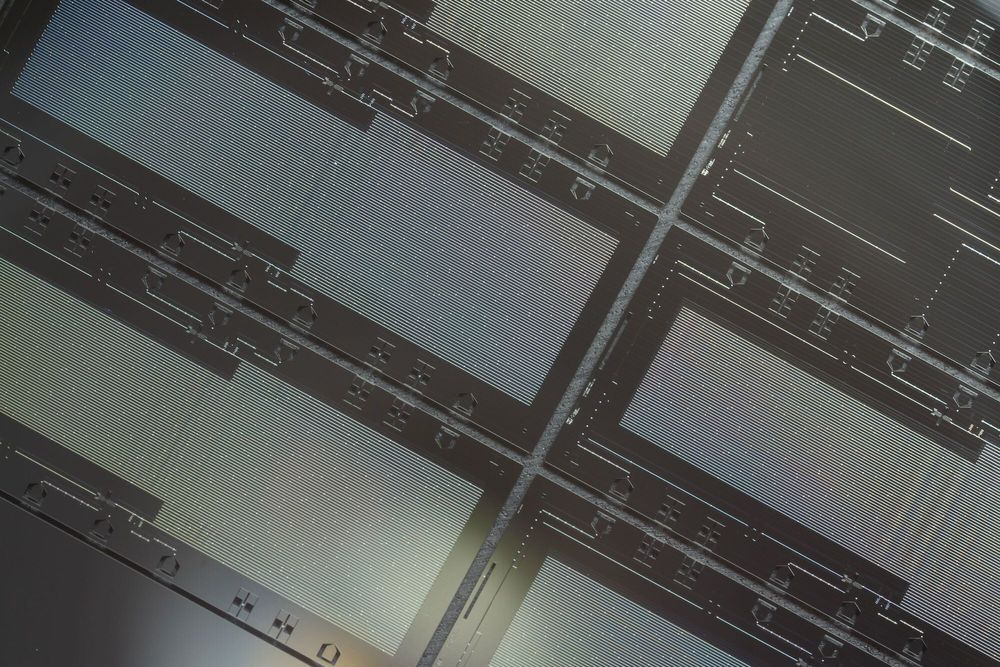
The efficient generation of entanglement between remote quantum nodes is a crucial step in securing quantum communications. In past research, entanglement has often been achieved using a number of different probabilistic schemes.
Recently, some studies have also offered demonstrations of deterministic remote entanglement using approaches based on superconducting qubits. Nonetheless, the deterministic violation of Bell’s inequality (a strong measure of quantum correlation) in a superconducting quantum communication architecture has so far never been demonstrated.
A team of researchers based at the University of Chicago has recently demonstrated a violation of Bell’s inequality using remotely connected superconducting qubits. Their paper, published in Nature Physics, introduces a simple and yet robust architecture for achieving this benchmark result in a superconducting system.


The Milky Way at 38,000ft
This image was taken over the Atlantic Ocean somewhere between Greenland and Iceland. It points towards the galactic centre of our Milky Way. The brightest object to the top right is Jupiter. Other objects that can be seen include The Dark Horse, Pipe Nebula, M23 Cluster, M8 Lagoon Nebula, M20 Trifid Nebula, M22 Globular Cluster, M6 Butterfly Cluster, M7 Cluster among others. How many can you find?

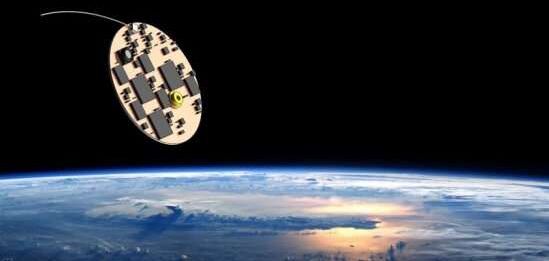
These are the adventures of the “StarChip Wafersize.”
UC Santa Barbara students sent up, via balloon, a prototype miniature spacecraft that might eventually become the “wafercraft” that researchers posit could be propelled by lasers to achieve space travel at relativistic speeds to reach nearby star systems and exoplanets.
So begins a journey, funded by NASA and several private foundations, that may one day lead to interstellar travel.
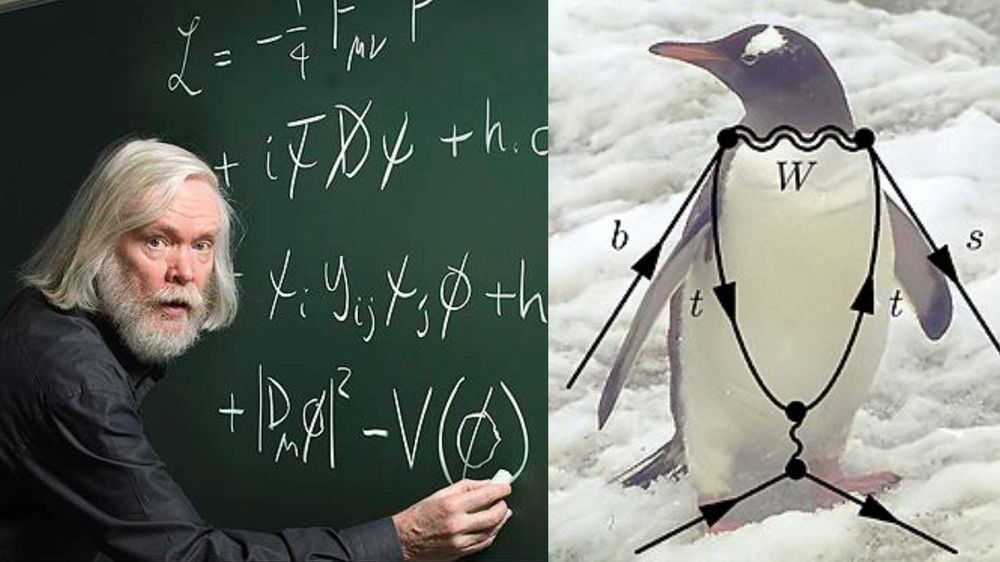

In an article last May, we covered how Rejuvenate Bio, a startup biotech company led by Professor George Church, was planning to reverse aging in dogs as a step towards bringing these therapies to us. Those plans are now starting to move forward with news of a trial launch in the fall later this year.
Developing anti-aging therapies in dogs is the first step
Back in 2015, the Church lab at Harvard began testing a variety of therapies focused on age reversal using CRISPR, a gene editing system that was much easier and faster to use than older techniques. Since then, Professor Church and his lab have conducted a myriad of experiments and gathered lots of data with which to plan future strategies for tackling aging.